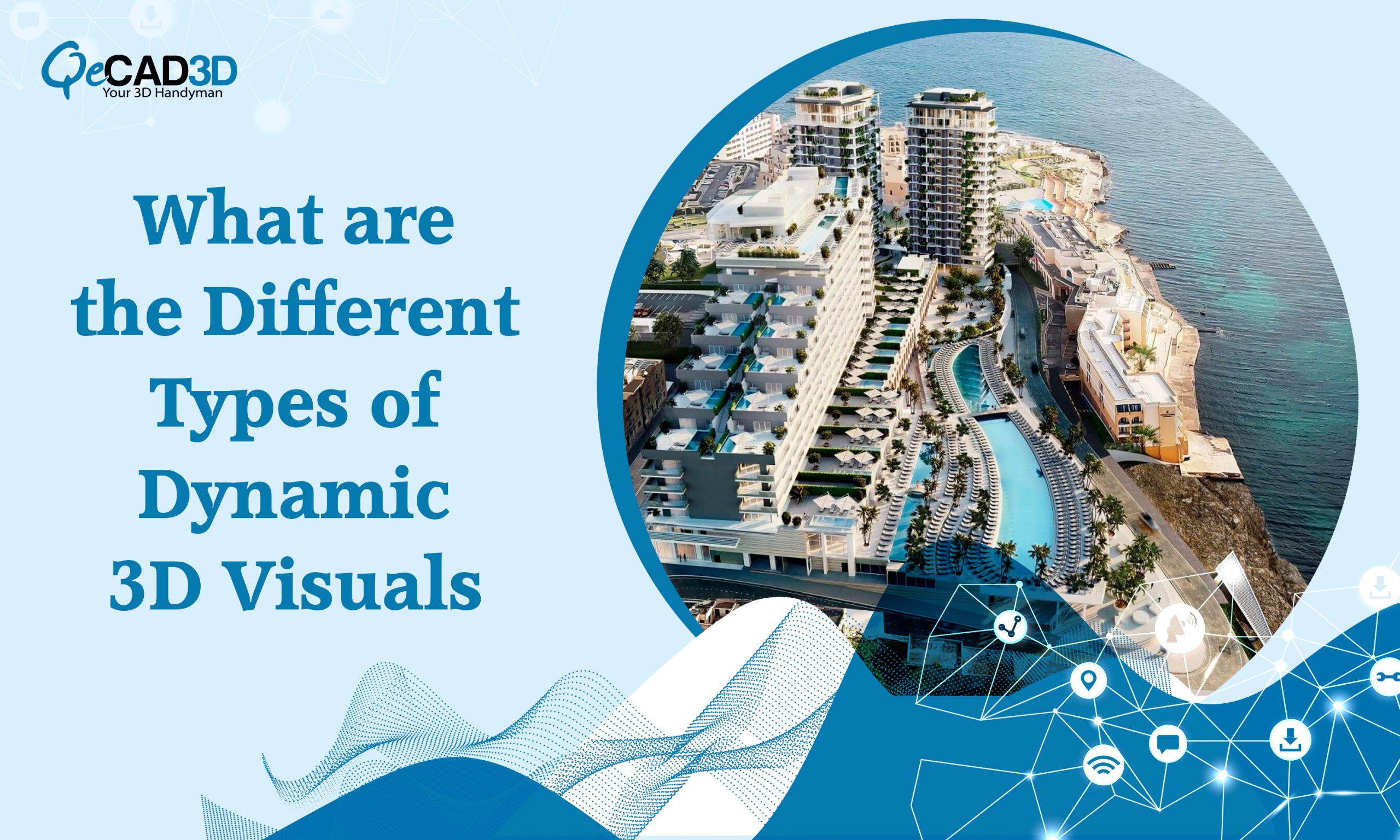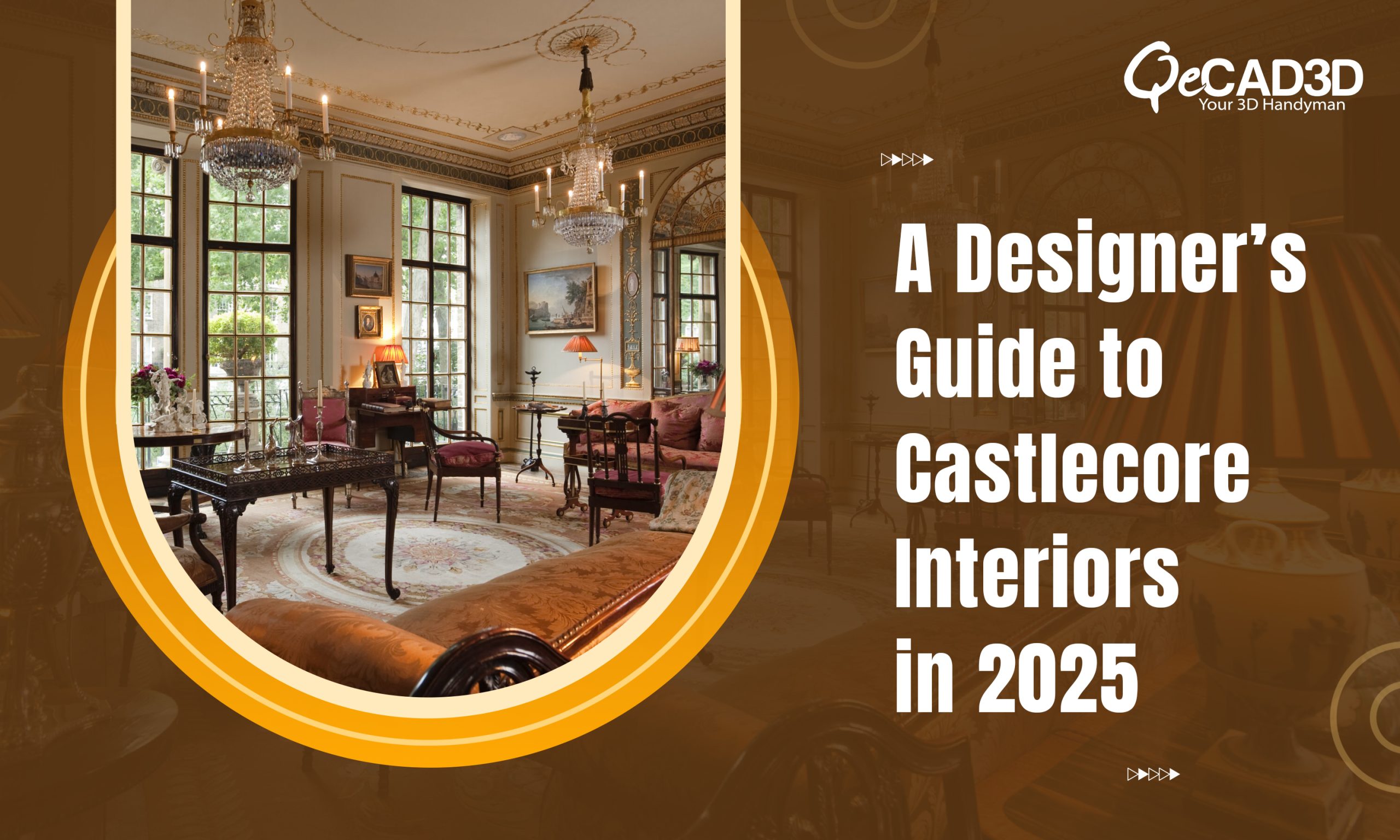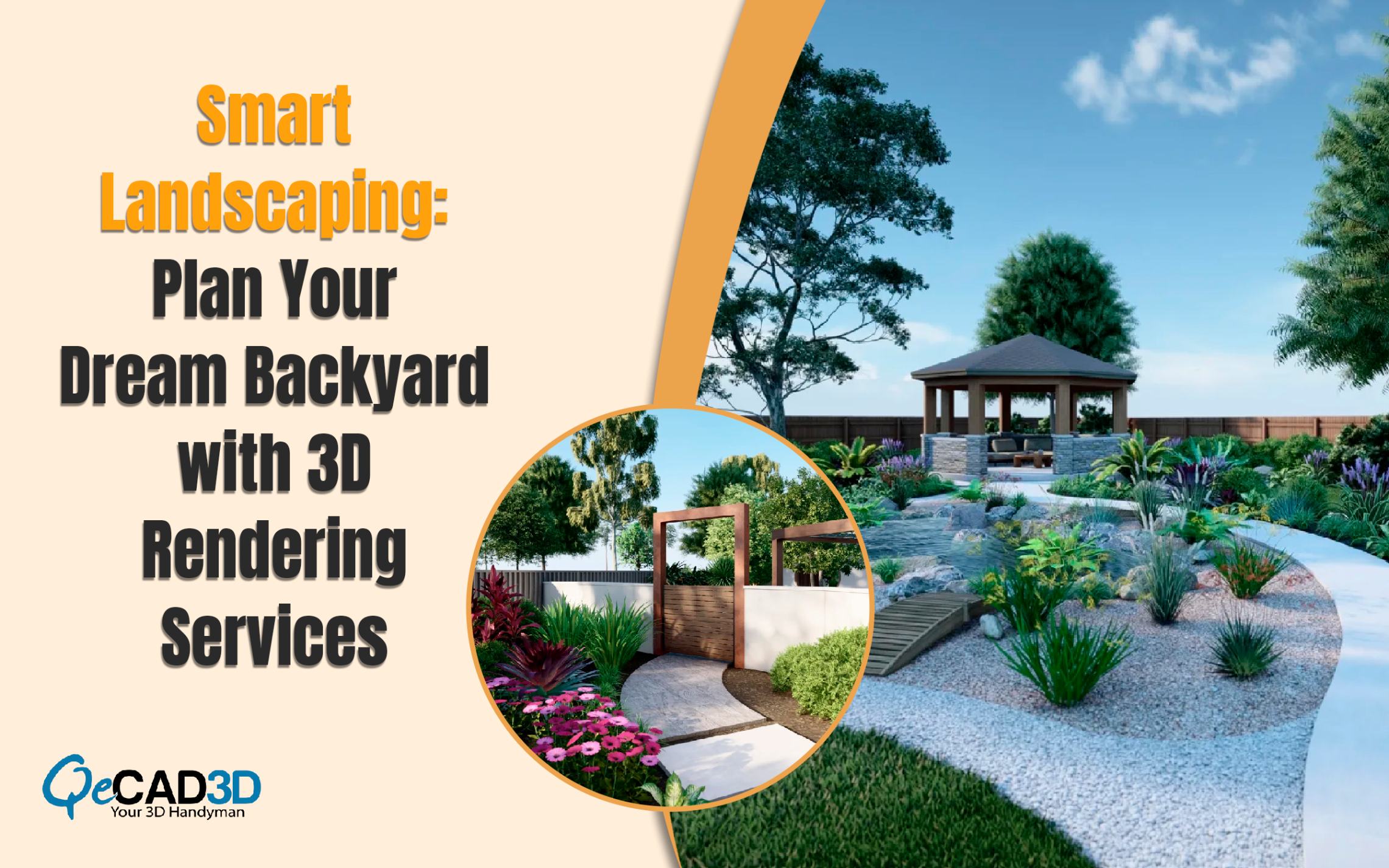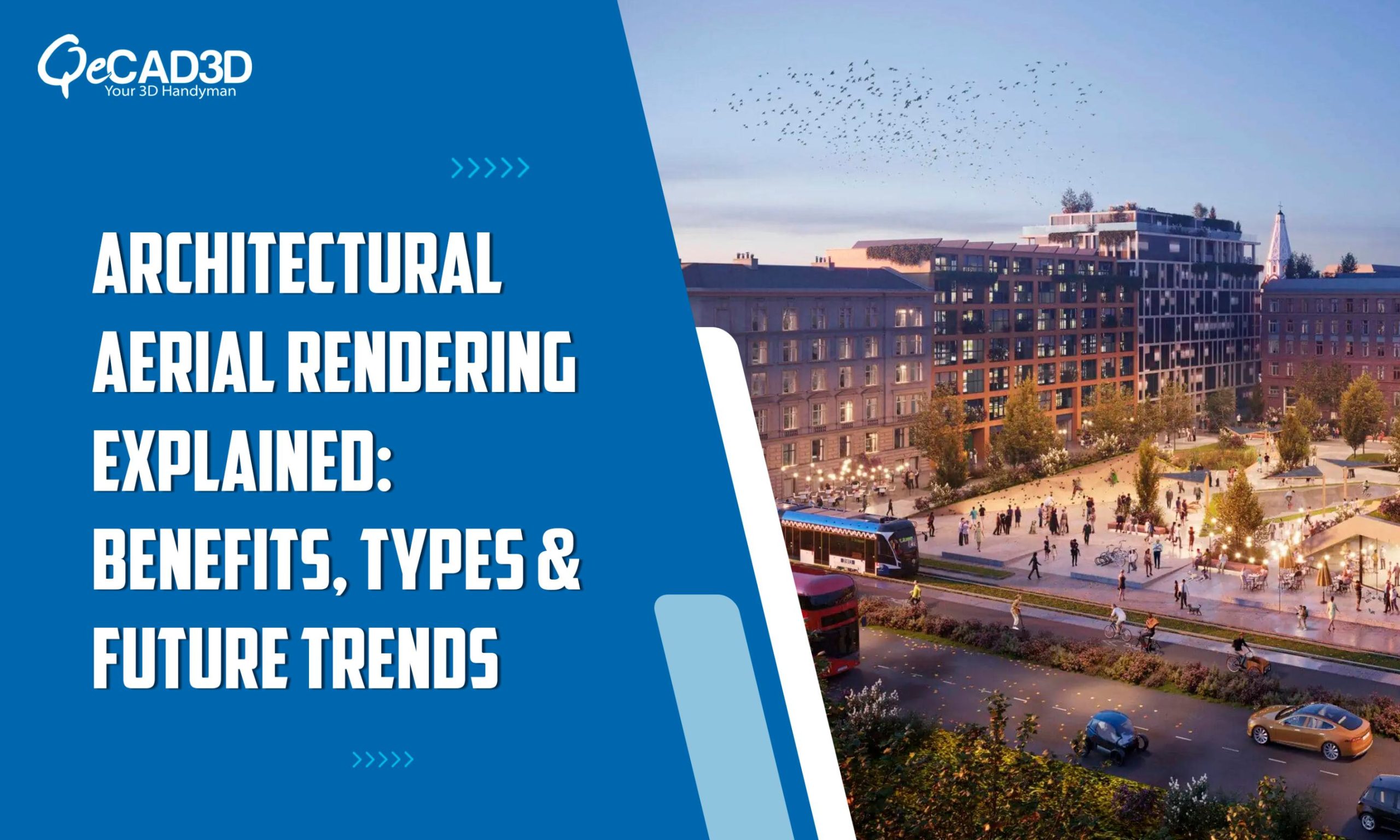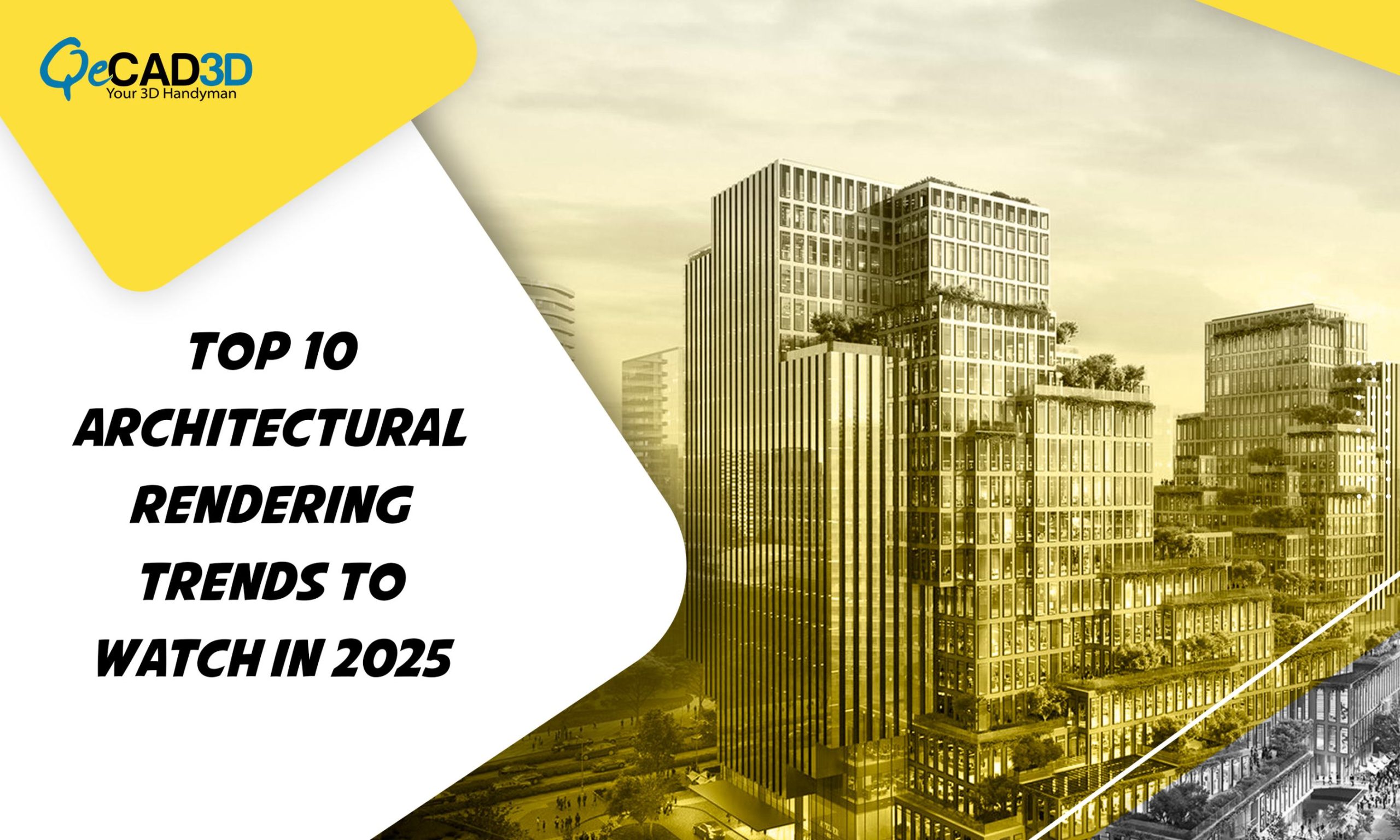What are the Different Types of Dynamic 3D Visuals
In an era dominated by digital immersion, the power of visuals has transcended the way of representation by infusing dynamic experiences that captivate, engage, and inspire. Among these transformative mediums, 3D Rendering Services stand as the pillars of innovation, breathing life into the static imagery thereby leading audiences into the immersive worlds of boundless imagination.
Right from the intricate details of 3D animations to the interactive landscapes of virtual reality, the domain of dynamic 3D visuals offers a library of possibilities, reshaping the way we perceive and interact with our digital environment.
In the below article we will explore 7 remarkable types of dynamic 3D visuals, each offering its own unique blend of creativity, technology, and storytelling prowess.
- 3D Animation: As a cornerstone of digital storytelling, 3D animations are considered as a medium that breathes life into the static objects, characters, as well as environments. Be it for entertainment, for advertising, or for education, these medium leverages the advanced computer graphics to create fluid movements, vibrant colours, and intricate details that illustrates viewers’ attention and imagination.
- Virtual 3D Tour: Virtual 3D tours are a revolutionary way to explore physical spaces remotely. It allows users to go through the properties of all types with the unprecedented freedom and interactivity. Through panoramic views as well as intuitive controls, individuals can experience spaces as if they are present there in person. 3D virtual tours are indeed revolutionizing the way we observe, interact and engage with our surroundings.
- Immersive 3D Tour: A step ahead to virtual tours are immersive 3D tours. It allows users to go through the minutely crafted environments. These comprises of realistic lighting, textures, and spatial audio. These tours also engage the senses and evoke emotional responses, making them ideal for industries such as real estate, hospitality, as well as tourism.
- Virtual Reality (VR): VR technology allows users to immerse themselves into a fully immersive worlds and interact with them in unprecedented ways. With a VR headset, individuals can explore virtual structures/spaces even before they are physically created. It facilitates architects collaborating in a shared virtual space, blurring the boundaries between the digital and physical worlds.
- Augmented Reality (AR): AR technology imposes the digital world onto the real world. It enhances our perception of reality and bridges the gap between the imagination and actuality. Be it projecting a virtual furniture into a room to visualize the interior design concepts or to displaying the contextual information during the outdoor exploration, AR is considered apt for enriching our daily experiences. It empowers us with many new ways of interacting and collaborating with our built environment.
- Cinemagraph: Cinemagraphs create captivating visuals that evoke a sense of timelessness and wonder by combining the mesmerizing qualities of the photography and the subtle motion of animation. It isolates specific elements within a still image and animate them. It commands attention and invite the viewers to immerse themselves in the moments frozen in the time with the help of dynamic visuals.
- 360-Degree View: 360 Virtual Rendering Services allow users to explore scenes from every angle offering a panoramic perspective of the world around us. It fosters a sense of presence and immersion. Be it capturing any breathtaking landscapes, bustling cityscapes, or an intimate gathering, this versatile format invites various audiences to engage with content in a more interactive and immersive manner.
Conclusion:
In today’s competitive world of AEC, the ability to showcase the designs in a captivating and memorable manner is paramount for architects seeking to leave a lasting impression on their audiences. This is where the diverse array of dynamic 3D visuals types truly shines, offering architects a toolbox of innovative formats to elevate their presentations and engage their audience effectively.
Within the dynamic domain of 3D visuals, professional rendering studios provide architects with an extensive range of formats tailored to suit various presentation needs and client interactions. From the immersive depths of virtual reality to the subtle allure of cinemagraphs, these visuals serve as invaluable assets in the architect’s arsenal, transforming static designs into immersive experiences that resonate with viewers on a profound level.


